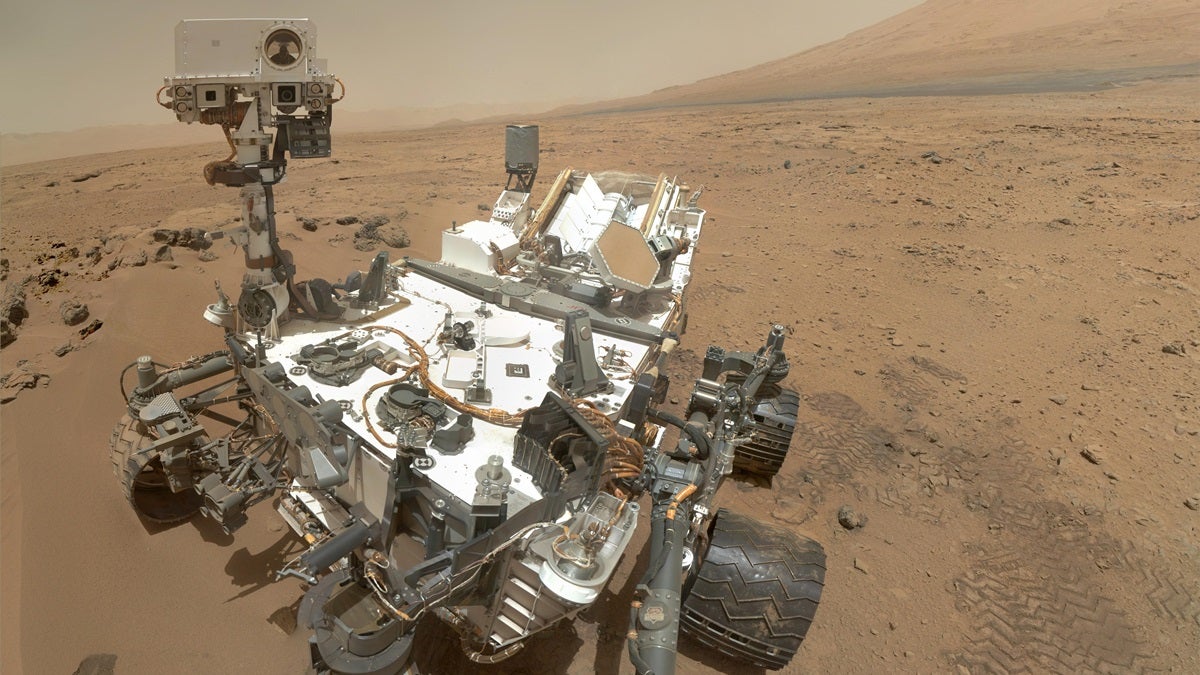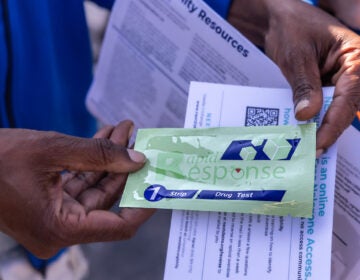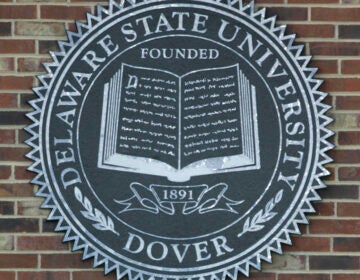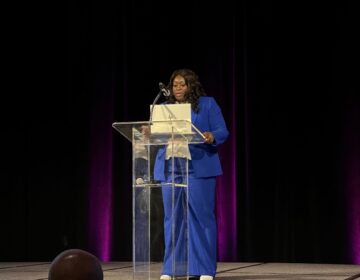Delaware State researchers celebrate Mars water discovery
Listen
(photo courtesy NASA/JPL-Caltech/Malin Space Science Systems)
After more than a year of studying data gathered by the Curiosity Rover on the surface of Mars, a team of researchers at Delaware State University are celebrating a major finding.
The Curiosity Rover is giving scientists the best look at the Red Planet in the history of mankind. That close-up look resulted in one of the biggest findings since Curiosity landed, which was detailed in a series of articles published Friday in the leading scientific journal Science magazine.
The report, co-authored by Delaware State researchers Dr. Noureddine Melikechi and grad student Alissa Mezzacappa, shows evidence of the presence of water in dust on the Martian surface. “This water is not in a well or something like that at the moment at least. It’s trapped in the dust and in the soils and rocks of Mars.”
Along with other scientists from around the country, Melikechi and Mezzacappa have been analyzing data beamed back from Mars by Curiosity’s ChemCam instrument.
A turning point
Melikechi, who is also the dean of DSU’s College of Mathematics, Natural Sciences and Technology, says he feels priviledged to be part of such a historic finding. “It is a turning point and it’s good actually to see the evidence of what people may have thought… I think what Galileo said is true, ‘All truths are easy to understand once they are discovered, but the point is to discover them first.'” He says, “I feel lucky to live at this time and to be part of this team at this particular time in history.”
While the discovery of water on Mars is a major step in the search for life, the finding presents the next challenge for NASA scientists to determine how to convert the trapped water into a liquid form that could eventually be used by future astronauts visiting or living on the planet.
Melikechi founded Del. State’s Optics Research Program which is instrumental in analyzing the data from Curiosity on the school’s campus in Dover. He says there’s lots more data to examine, and who knows what they will find next.
WHYY is your source for fact-based, in-depth journalism and information. As a nonprofit organization, we rely on financial support from readers like you. Please give today.





